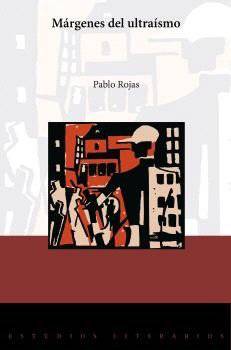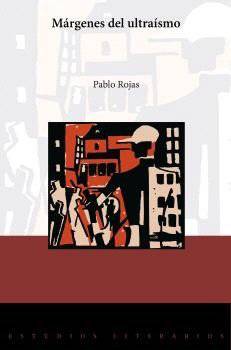
Je cadeautjes zeker op tijd in huis hebben voor de feestdagen? Kom langs in onze winkels en vind het perfecte geschenk!
- Afhalen na 1 uur in een winkel met voorraad
- Gratis thuislevering in België vanaf € 30
- Ruim aanbod met 7 miljoen producten
Je cadeautjes zeker op tijd in huis hebben voor de feestdagen? Kom langs in onze winkels en vind het perfecte geschenk!
- Afhalen na 1 uur in een winkel met voorraad
- Gratis thuislevering in België vanaf € 30
- Ruim aanbod met 7 miljoen producten
Zoeken
Omschrijving
El ultraísmo fue un movimiento sincrético que aclimató en el suelo español el impulso renovador que recorría Europa a comienzos del siglo XX. En este libro se trata sobre él, pero no desde su centro neurálgico sino desde la periferia. De este modo pasean por sus páginas personajes secundarios como Ernesto López-Parra, Alfredo de Villacián o Manuel Forcada Cabanellas. También se atiende a asuntos marginales dentro del Ultra como su interés por la política, la huella dadaísta de sus creaciones o la gestación de revistas que no llegaron a materializarse. Tales asuntos ayudan a trazar un dibujo mucho más perfilado de un movimiento preterido durante décadas, al que, recientemente, se está haciendo justicia por su capacidad para oxigenar nuestra literatura y abrirla hacia la modernidad. _______________Ultraism was a syncretic movement that brought to Spain the spirit of renewal sweeping across Europe in the early 20th century. This book explores the movement, not from its nerve centre, but rather from the periphery. As a result, secondary figures such as Ernesto López-Parra, Alfredo de Villacián and Manuel Forcada Cabanellas appear throughout its pages. It also addresses marginal issues within Ultra, such as its interest in politics, the Dadaist influence on its creations and the gestation of magazines that never came to fruition. These issues help to paint a much more nuanced picture of a movement that was neglected for decades but is now being recognised for its ability to breathe new life into our literature and open it up to modernity.
Specificaties
Betrokkenen
- Auteur(s):
- Uitgeverij:
Inhoud
- Aantal bladzijden:
- 396
- Taal:
- Spaans
Eigenschappen
- Productcode (EAN):
- 9788491596929
- Verschijningsdatum:
- 25/07/2025
- Uitvoering:
- Paperback
- Afmetingen:
- 150 mm x 230 mm
- Gewicht:
- 642 g

Alleen bij Standaard Boekhandel
+ 66 punten op je klantenkaart van Standaard Boekhandel
Beoordelingen
We publiceren alleen reviews die voldoen aan de voorwaarden voor reviews. Bekijk onze voorwaarden voor reviews.









